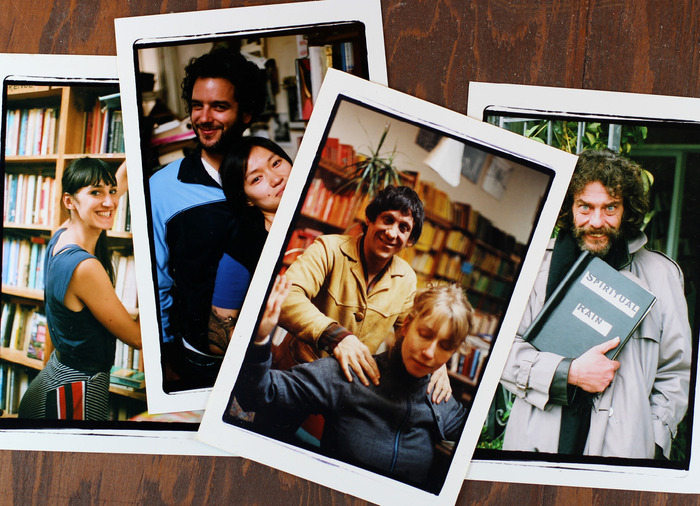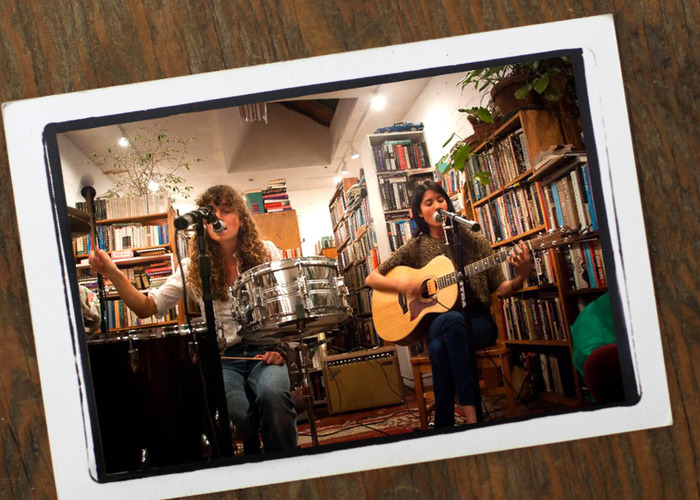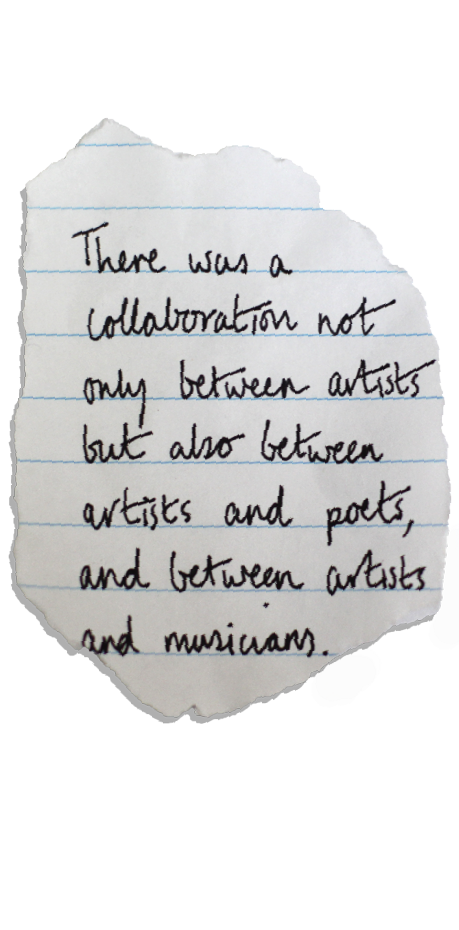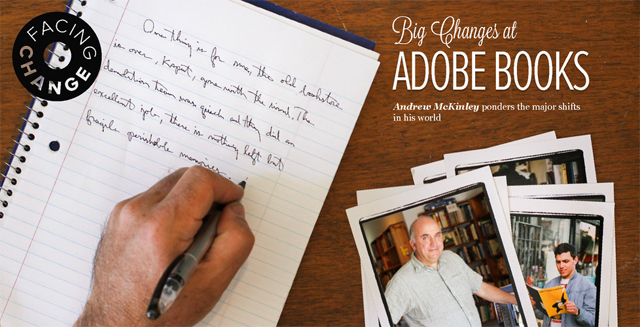I am pleased with the bargain I have made, for I know there is a rich story from all that occupancy. It was important to take the risk to build a space and then watch it fill not just with books, but with the people who give life to a community and make a place special so that it will always be known as a special place.


When I first opened Adobe, I remember remarking on how so many of the people who wandered in the door were artistic – lots of young people starting out on their careers and adventures. The place was emptier then, and all those who cared to visit were therefore more precious and more welcome. Perhaps we had the hospitality of the old Western frontier – a welcome way station in what appeared to some as a savage wilderness. Only now do I realize what a rare thing it was to have so many young and vibrant people gathered around – and not in a school situation. I will always be grateful for my school days, but the best part of my education has been right here on 16th Street. Here I came up against the very face of life in all its diverse and sometimes pathetic forms. Never have I lived in a neighborhood so diverse or where the different cultures and races have mixed so harmoniously. People feel comfortable in the Mission, and when you are comfortable, truly great things can begin to happen.
I always wanted great people to congregate in my store – who doesn’t? If something happened, if there was a scene that located in the Adobe space, if we helped to foster an era or an art movement, then I am grateful. But it certainly takes time, and book-selling paid the rent so that other things – artistic things – could happen in the space. In the dense and crowded world of the urban Mission, people needed a place to unwind and entertain – not everyone has a great home life or living situation, and I always wanted everyone to feel welcome. Getting people to hang out was no problem, and letting people put their art up on the walls seemed like the gracious thing to do. I hired artists as clerks, and I made it easy and free for people to use the space for displays. I allowed motivated people to promote their own work or their friends’ work. In the early days, we would never think of charging commissions.


When Amanda Eicher offered to build a gallery in the back of the store and then curate a few shows, I was delighted. She created an intimate space that focused on the work similar to what more formal galleries offered. The back-room gallery became a cut above showing art in a cafe, with none of the attitude and politics that most traditional galleries seem to foster. It was a perfect place for young emerging artists to start out without the discomfort or pressure of a full-scale gallery. The times saw the return of making art close to the street level, where artists drew inspiration directly from the things around them – urban decay, graffiti – an almost naive style based on street experience. All this began to command a growing respect.
There was a collaboration not only between artists but also between artists and poets, and between artists and musicians. I guess this has been happening for years, but it is important when creative people relax and begin to help each other. This spirit of mutual respect and assistance – this is what helped to mold and shape what some people would like to call a Mission School. The bookstore was a comfortable place for artists of all kinds, and we are lucky if any great attention is now paid to this particular time.
All this great stuff was happening while book-selling paid the bills and subsidized whatever scene was percolating, but over time something happened to book-selling, and what happened is probably why I am writing this as a bit of a historical memoir.
Read the rest of Andrew McKinley's letter at The Bold Italic. And make sure to check out the rest of their Facing Change package!
 Editor's Note: As part of our Facing Change package, we invited Mission icon Andrew McKinley to write a piece about having to move his beloved shop, Adobe Books, after his landlord raised the rent by a significant amount. Adobe Books was more than a lit hub, it has also hosted generations of artists thanks to its dedicated owner and volunteer staff. Andrew was kind enough to accept our offer to contribute, with the caveat that his piece would need to be hand written since he doesn't own a computer or use email. We were thrilled at the idea of publishing such a personalized essay, and have for you here both the transcribed version of Andrew's story as well as a copy of the original piece, should you prefer to read it in his own writing.
Editor's Note: As part of our Facing Change package, we invited Mission icon Andrew McKinley to write a piece about having to move his beloved shop, Adobe Books, after his landlord raised the rent by a significant amount. Adobe Books was more than a lit hub, it has also hosted generations of artists thanks to its dedicated owner and volunteer staff. Andrew was kind enough to accept our offer to contribute, with the caveat that his piece would need to be hand written since he doesn't own a computer or use email. We were thrilled at the idea of publishing such a personalized essay, and have for you here both the transcribed version of Andrew's story as well as a copy of the original piece, should you prefer to read it in his own writing. 





